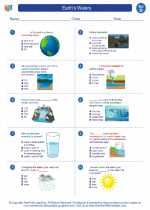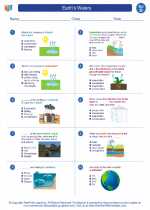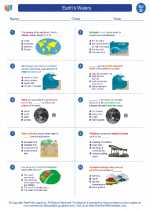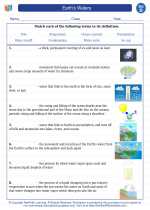Rock
A rock is a naturally occurring solid aggregate of one or more minerals or mineraloids. Rocks are classified into three main types based on how they are formed: igneous, sedimentary, and metamorphic.
Igneous Rocks
Igneous rocks are formed from the solidification of molten rock material, either below the surface (intrusive) or on the surface (extrusive). Examples of igneous rocks include granite, basalt, and obsidian.
Sedimentary Rocks
Sedimentary rocks are formed from the accumulation and lithification of sediments such as sand, clay, and organic matter. Examples of sedimentary rocks include limestone, sandstone, and shale.
Metamorphic Rocks
Metamorphic rocks are formed from the alteration of existing rock through heat, pressure, or chemical processes. Examples of metamorphic rocks include marble, slate, and gneiss.
Rock Cycle
The rock cycle is the process by which rocks are continuously formed, broken down, and reformed through various geological processes such as weathering, erosion, and tectonic activity.
Study Guide
- What are the three main types of rocks?
- Describe how igneous rocks are formed.
- Give examples of sedimentary rocks.
- Explain the process of metamorphism.
- What is the rock cycle and how does it work?
Use this study guide to review and reinforce your understanding of the topic "rock".
[Rock] Related Worksheets and Study Guides:
.◂Science Worksheets and Study Guides Fourth Grade. Earth's Waters

 Worksheet/Answer key
Worksheet/Answer key
 Worksheet/Answer key
Worksheet/Answer key
 Worksheet/Answer key
Worksheet/Answer key
 Vocabulary/Answer key
Vocabulary/Answer key
 Vocabulary/Answer key
Vocabulary/Answer key
